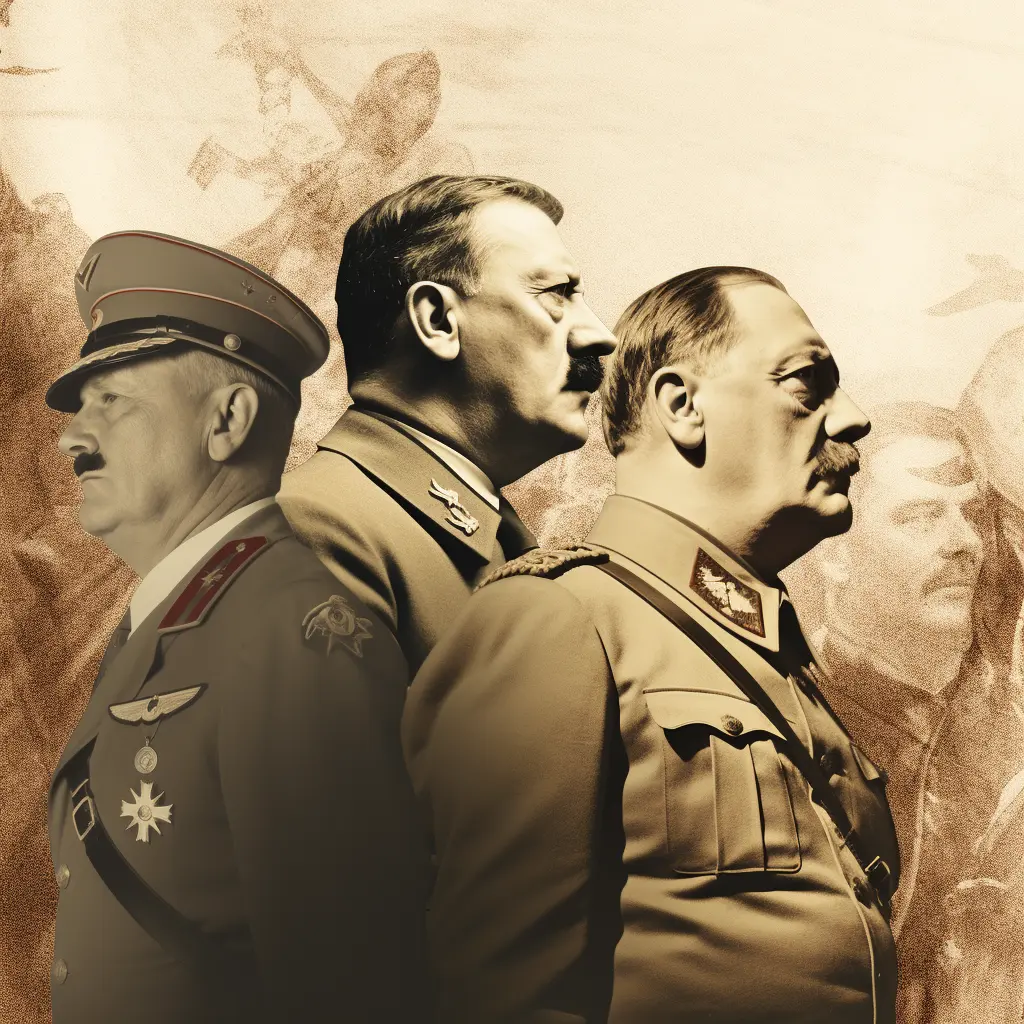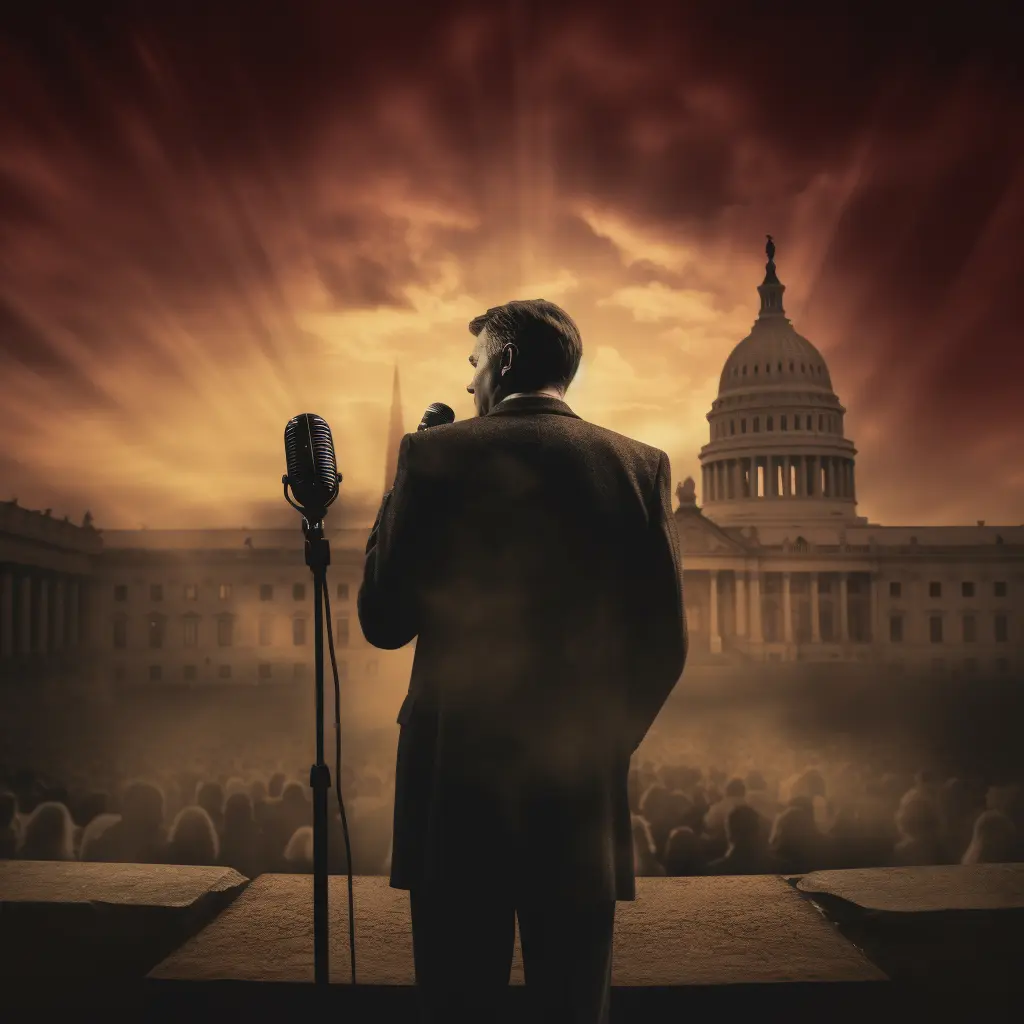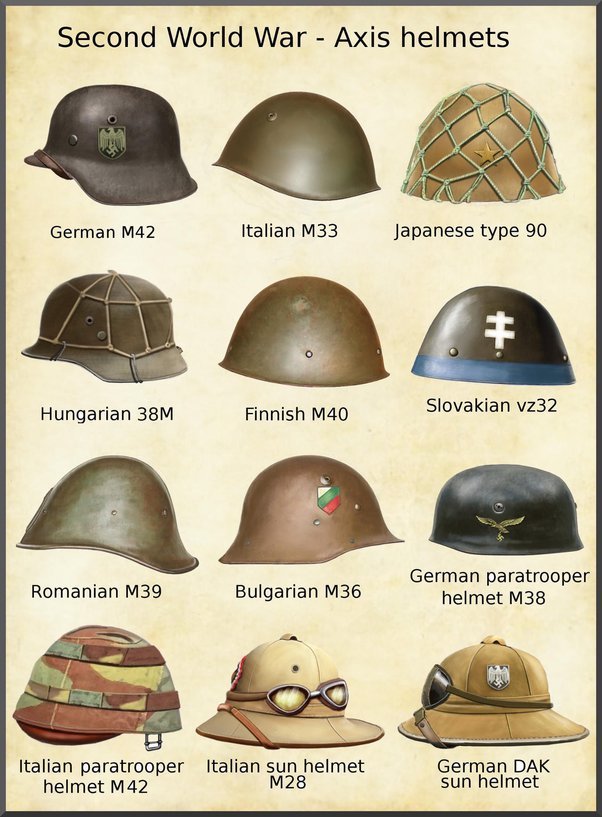
The 20th century witnessed the rise of several powerful leaders who left indelible marks on history. Among the most prominent figures are Adolf Hitler of Germany, Benito Mussolini of Italy, and Joseph Stalin of the Soviet Union.
While these leaders governed distinct nations with unique challenges, they shared certain traits and ideologies that shaped the course of the century. This article explores the commonalities between these three figures, shedding light on the socio-political climates that bred their reigns and the tactics they employed to seize and maintain power.
Historical Background
The post-World War I era was a tumultuous time for Europe. The Treaty of Versailles had imposed severe penalties on Germany, leading to economic hardships and national humiliation. Italy, despite being on the winning side, felt betrayed by the peace treaty, as it didn’t gain the territories it had been promised.
The Soviet Union, reeling from the aftermath of the Russian Revolution, was undergoing a radical transformation from a czarist empire to a communist state. In these contexts, each nation craved strong leadership to restore national pride and order.
Ideological Similarities
Authoritarianism:
Central to Hitler, Mussolini, and Stalin’s leadership was an undying belief in authoritarianism. They viewed democracy with disdain, considering it weak and ineffective. For them, strong centralized control was the antidote to the perceived chaos and inefficiency of democratic processes.
In Germany, Hitler’s disdain for the Weimar Republic was evident. He believed that only a strong, authoritarian state under his leadership could rectify the injustices of the Treaty of Versailles and restore German pride.
Similarly, Mussolini, disillusioned by Italy’s post-war situation, formed the Fascist Party, promoting dictatorial rule as the solution to Italy’s woes. Stalin, on the other hand, inherited an already authoritarian Soviet state. However, he intensified this control, eliminating any perceived threats to his power and establishing a regime marked by extreme censorship and state control.
Nationalism:
Another thread tying these leaders together was their use of intense nationalism. They manipulated national pride, often tying their leadership to the destiny of the nation. Hitler championed the cause of the Aryan race, asserting German racial superiority. He painted himself as the savior of the German people, leading them to their rightful place in the world hierarchy. Mussolini, with his slogan “Believe, Obey, Fight,” emphasized the greatness of the Italian civilization and its destined path to glory under Fascist rule.
Stalin’s approach to nationalism was slightly nuanced. While he championed the cause of the international proletariat and promoted Soviet unity, he also understood the power of Russian nationalism. Especially during World War II, Stalin invoked Russian history, pride, and identity to rally the masses against Nazi Germany.
Anti-Communism vs. Communism:
Ideologically, Hitler and Mussolini stood united in their opposition to communism. They viewed it as a threat to their nationalist and capitalist agendas. Both leaders undertook severe anti-communist purges, eliminating any perceived leftist threats.
Stalin, in stark contrast, was the flagbearer of communism. Under his leadership, the Soviet Union aimed to be a global model for communist governance. However, Stalin’s communism was also marked by intense purges, not against anti-communists but against those deemed not “communist enough” or a threat to his personalized version of the ideology.
By understanding these shared ideologies and the contexts that birthed them, one gains a clearer picture of the early 20th-century political landscape. As we delve deeper into the tactics Hitler, Mussolini, and Stalin employed, we see the real-life ramifications of these ideologies and how they shaped global events for years to come.
Propaganda and Control of Information
The power of propaganda in shaping public opinion is evident in the way all three leaders manipulated their countries’ media outlets. They realized that controlling information was a crucial aspect of maintaining power.
Hitler’s Propaganda Machine:
Under Joseph Goebbels, the Nazi propaganda machinery worked overtime to project Hitler as Germany’s savior. The use of films, posters, and radio broadcasts painted an image of a prosperous, unified, and racially pure Germany, contrasting it sharply with the perceived threats of the Jewish community and other “undesirables.”
Mussolini’s Fascist Messaging:
Mussolini’s Italy was awash with images of the Duce as a strong, charismatic leader. He was portrayed as the embodiment of Italian unity and pride. Through state-controlled newspapers and radio broadcasts, the Fascist regime propagated its successes, particularly in areas of infrastructure development and foreign conquests.
Stalin’s Cult of Personality:
In the Soviet Union, Stalin was ubiquitously presented as the “Father of Nations.” Books, films, and songs were dedicated to his greatness. Any piece of information or art that didn’t conform to this image or the state’s narrative, including historical documents, was systematically censored or altered.
Methods of Maintaining Power
Maintaining a grip on power required more than just propaganda; it required fear.
Hitler’s SS and Gestapo:
The Schutzstaffel (SS) and the Gestapo became the tools with which Hitler eliminated opposition. Political opponents, Jews, and others were arrested, sent to concentration camps, or outright executed, ensuring a regime where dissent was almost nonexistent.
Mussolini’s Blackshirts:
Mussolini’s paramilitary groups, known as the Blackshirts, were notorious for their violent tactics against communists, socialists, and other dissenters. Their aggressive methods were instrumental in establishing Mussolini’s dictatorial regime.
Stalin’s Great Purge:
Stalin’s paranoia led to the Great Purge, where millions were accused of being “enemies of the state.” These individuals, ranging from military officials to ordinary citizens, faced show trials and were either executed or sent to labor camps in Siberia.
Economic Strategies
Though their political ideologies varied, all three leaders understood that economic prosperity (or at least the illusion of it) was key to gaining public support.
Hitler’s Economic Revival:
Upon coming to power, Hitler initiated public works projects, including the construction of the Autobahn. These projects, combined with militarization, significantly reduced unemployment and gave the impression of a booming economy.
Mussolini’s Corporatism:
Mussolini aimed to create a self-sufficient national economy. The Battle for Grain and the Battle for the Lira were such initiatives, aimed at making Italy less dependent on foreign imports.
Stalin’s Five-Year Plans:
Stalin introduced a series of five-year plans with the aim of rapidly industrializing the Soviet Union. While these plans led to significant infrastructural development, they also caused immense suffering due to forced collectivization and the resulting famines.
Views on Race and Class
The importance of race and class in the ideologies of these three leaders cannot be overstated. Their perspectives on these topics played pivotal roles in their domestic and foreign policies.
Hitler’s Aryan Supremacy:
Hitler’s belief in the Aryan race’s superiority led to a series of policies aimed at “racial purity.” This culminated in the Holocaust, where millions of Jews, Romani people, and other groups were systematically exterminated. Moreover, his concept of Lebensraum or “living space” for the Aryan race fueled his aggressive expansionist policies.
Mussolini’s Shift in Racial Policies:
Initially, Mussolini didn’t emphasize race in his policies. However, influenced by Hitler and aiming to strengthen the alliance with Nazi Germany, he later adopted anti-Semitic policies, resulting in the persecution of Italian Jews.
Stalin’s Class War:
While not focusing on race per se, Stalin’s policies were driven by class warfare. The kulaks, or wealthy peasants, were particularly targeted during forced collectivization, resulting in mass relocations, incarcerations, and executions.
Foreign Policies and World Impact
The aggressive foreign policies of these leaders played crucial roles in shaping the geopolitical landscape of the 20th century.
Hitler’s Expansionism:
From the reoccupation of the Rhineland to the annexation of Austria (Anschluss) and the Sudetenland, Hitler’s actions consistently defied the Treaty of Versailles. His invasion of Poland in 1939 directly instigated World War II.
Mussolini’s Quest for Empire:
Inspired by the Roman Empire’s past glories, Mussolini sought to establish a New Roman Empire. This was evident in his invasion of Ethiopia and his support for Franco in the Spanish Civil War.
Stalin’s Buffer Zones:
Stalin’s foreign policy after World War II aimed at establishing buffer zones against potential invasions. This led to the Soviet occupation of Eastern European countries, setting the stage for the Cold War.
Legacy and Final Assessment
While these leaders left a profound impact during their lifetimes, their legacies continue to influence global politics, society, and collective memory.
Hitler’s Enduring Infamy:
Though the Nazi regime was short-lived, its impact on world history is enduring. From the establishment of Israel to ongoing discussions on human rights, Hitler’s legacy is a constant reminder of the dangers of unchecked power and bigotry.
Mussolini’s Complex Legacy:
While Mussolini’s fascist regime was undeniably brutal, some in modern Italy view certain aspects of his rule favorably, particularly his infrastructural projects.
Stalin’s Controversial Memory:
In modern Russia, Stalin is a divisive figure. While many remember his tyrannical rule and purges, others praise him for industrializing the nation and playing a pivotal role in defeating Nazi Germany.
Enduring Symbols of Totalitarianism
All three leaders became symbols of the perils of unchecked power.
Hitler’s Swastika:
Beyond representing the Nazi Party, the swastika became a universal emblem of hate, racism, and the dangers of nationalism.
Mussolini’s Fascio:
The fasces, a bundle of rods with an axe, symbolized strength through unity. It became an icon of fascist movements worldwide.
Stalin’s Hammer and Sickle:
While this symbol predates Stalin and represents communist ideology, under Stalin’s rule, it became associated with authoritarianism and the suppression of dissent.
Conclusion: Lessons for the Modern World
The regimes of Hitler, Mussolini, and Stalin stand as stark reminders of the dangers posed by charismatic leaders wielding unchecked power. Their governments, rooted in differing ideologies, shared common threads: suppression of dissent, state-controlled propaganda, and aggressive foreign policies.
The aftermath of their rule left deep scars on their nations and the world at large. In a world where authoritarianism still exists, understanding the paths these leaders took and the societies that allowed their rise is crucial. By studying history, we arm ourselves with knowledge, hoping never to repeat the mistakes of the past.


